Sharing is caring!
Savoring Nature’s Bounty: A Guide to the Top Bahamian Tropical Fruits That Will Leave You Craving More
I indulged in some of the best Bahamian tropical fruits as a child in the Bahamas. Boy, it was always an enjoyable experience I will always cherish and reminisce about. Exploring the fruits that we considered familiar but to the world considered exotic fruits, while not regarded as alien to us as children, provided a daily feast for our bellies. Looking back, I must admit that I always relished our abundant array of fruit to choose from.
As a child, we could pluck these delectable treasures straight from the trees, savoring their sharp, fragrant flavors at no cost. Little did I know then just how much they contributed to a healthy lifestyle, offering various benefits for digestion, overall health, and well-being.
Are you ready to tantalize your taste buds with an explosion of tropical flavors? Look no further than the beautiful Bahamas, a paradise brimming with an abundance of mouthwatering fruits. This comprehensive guide will take you on a delicious journey through the top Bahamian tropical fruits that will leave you craving more.
From the vibrant colors of the juicy mangoes to the unique sweet-tart taste of the guava, these fruits are a true delight for all the senses. Immerse yourself in the succulent flavors of the soursop, with its creamy texture and hints of pineapple and strawberry. Experience the refreshing burst of citrusy goodness from the luscious limes and grapefruits that thrive under the Bahamian sun. And don’t forget to try the exquisite flavor of the native ackee, known for its buttery consistency and creamy, nutty taste.
Whether exploring the local markets or having a fruit salad by the beach, the Bahamas offers an unparalleled experience for fruit lovers. So, get ready to savor nature’s bountiful gifts and come with me on this journey through the top Bahamian tropical fruits that will leave you wanting more.
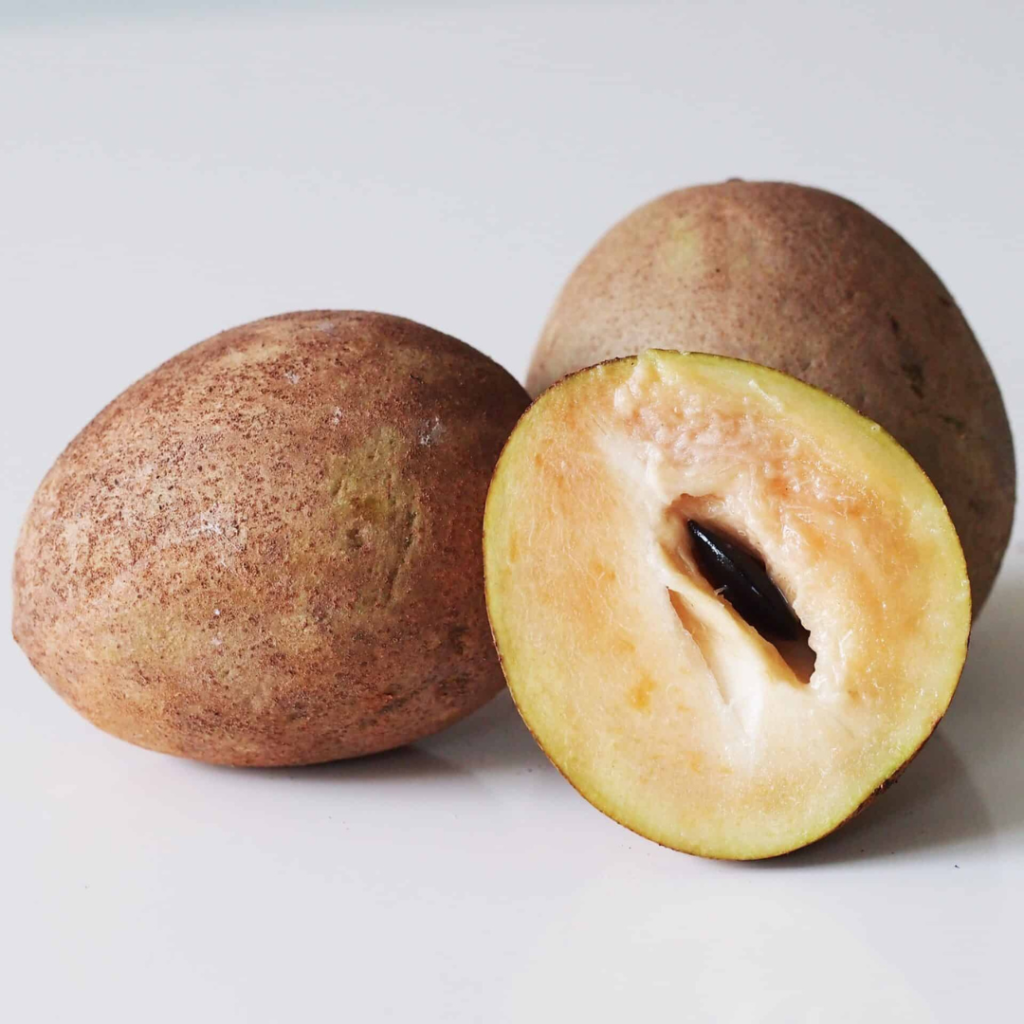
The health benefits of Bahamian tropical fruits
Regarding tropical fruits, the Bahamas is a treasure trove of nutritional goodness. These delicious fruits contain vitamins, minerals, and antioxidants that promote overall health and well-being. From boosting your immune system to improving digestion, Bahamian tropical fruits offer a range of health benefits.
Seasonal availability of Bahamian tropical fruits
One of the great things about visiting the Bahamas is the opportunity to enjoy a wide variety of tropical fruits all year round. While some fruits have specific seasons, delicious options are always available no matter when you visit.
Recommendations
Bahamian Cuisine – Tap Tap
Bahamian Food History – Tap Tap
Avocado Smoothies – Tap Tap
Gin Drinks – Tap Tap
Menopause – Tap Tap
Best Bahamian tropical fruits to try
Coconut: This nutritious fruit is one of the most commonly and prolifically grown fruits in the Bahamas and worldwide. The versatility of the coconut, with its bark, shell, three eyes, fibers, water, and meat (whether jelly-like or firm), makes it a true superfood. Opening a coconut can be a challenge, but the rewards of the water and meat inside are well worth the effort. You can have coconuts all year round.
Coconut’s health benefits are diverse: it provides fiber, minerals like iron, phosphorus, zinc, proteins, antioxidants, and vitamins. It’s even a source of coveted coconut oil, prized for its numerous health benefits.
Guinep / Spanish Lime: These green fruits are the size of a cherry tomato but, in a skin, require a bit of effort to access their sweet, meaty pulp and large seed. Known as Guenip in the Caribbean and Spanish lime elsewhere, this luscious fruit was introduced to the islands by European settlers. It’s a rich source of minerals like iron, phosphorus, niacin, fiber, calcium, and vitamin A. Their season usually runs through the summer, from June to August
Guava: Guavas are also a nutritional powerhouse with their unique sweet-tart taste. Packed with vitamin C, fiber, and antioxidants, guavas can help strengthen your immune system, improve digestion, and even promote healthy skin. So, next time you indulge in these delicious fruits, know you’re treating your taste buds and nourishing your body. Guava is a staple in Bahamian cuisine, with its round yellow exterior when ripe and pink, sweet, juicy interior. It’s a key ingredient in the famous Guava Duff dessert, beloved by locals and visitors alike.
Guava is also used to make jams, jellies, juices, and pastes. It’s high in fiber, vitamin C (four times more than an orange), vitamin A, folic acid, and essential minerals. Guavas are also available throughout the year with their distinctive fragrance and flavor, although they tend to be more plentiful in the fall and winter months.
Mangoes: a tropical delight that is not only juicy and flavorful but also high in vitamin C and fiber. Consuming mangoes can help strengthen your immune system, aid digestion, and even improve your skin health. The Bahamian variety boasts a particularly unique texture and flavor. These fruits’ dense, succulent meat can be enjoyed by peeling the skin and savoring their golden-orange goodness. In the Bahamas, you can also find mangoes we consider “hairy” because the meat is stringy, but they are just as sweet.
Mangoes offer vitamins B and K, provitamin A and E, beta-carotenoids, B6, and essential minerals. Mangoes, for example, are most abundant during the summer months, with the peak season running from May to August. During this time, you can find an array of mango varieties, each with its unique flavor profile.
Papaya / Paw Paw: Another popular fruit in the Bahamas is the papaya, known for its sweet taste and vibrant orange flesh. Papayas are rich in vitamin C, folate, and antioxidants, which can support heart health and reduce inflammation. Papaya resembles a sizeable green avocado. It’s used in various dishes, including shakes, fruit salads, savory dishes, and curries. Papaya is known for its digestive benefits. On the other hand, Papayas are available year-round in the Bahamas, making them a consistent choice for fruit lovers.

Unique and lesser-known Bahamian tropical fruits to discover
JuJu: This is my favorite fruit grown in the Bahamas. It can be eaten at various stages of ripeness, and I love them all. The fruit goes from green to bright yellow with a seed inside. Their meat texture can be compared to that of a pear. Juju is said to be high in potassium, which helps to maintain bl
Sapodilla / Dilly: These handball-sized fruits have a bumpy brown exterior and sweet, brownish meaty flesh. The tree’s latex sap is used to tenderize proteins; as a child, we use it as chewing gum. Sapodillas are rich in vitamins C and A, folate, niacin, minerals like potassium, copper, iron, and antioxidants. Their season usually runs from May to August.
Seagrape: The sea grape is another interesting fruit found in the Bahamas. These small, round fruits grow on vines with a translucent, grape-like appearance. Sea grapes are known for their slightly salty taste and are often enjoyed fresh. Seagrapes are the color and size of blueberries when ripe. They’re often enjoyed by the handful and are used to make jellies, jams, and wine. Seagrapes thrive near the beach and aid in digestive health. Their season usually happens from July to September, and most plants can be found near the sea.
Soursop: Despite its unattractive exterior, Soursop hides a creamy, sweet, and tangy interior, also known as Graviola, which is native to the Caribbean. Soursop has a creamy texture and a flavor profile that combines hints of pineapple and strawberry. It is often used in beverages, ice creams, and desserts and is known for its refreshing and tropical taste. It’s also consumed with condensed milk, cinnamon, and nutmeg. Soursop provides vitamins B1, B2, and C, carbohydrates, and is believed to have cancer-fighting properties. Soursop is typically available from late summer to early winter.
Sugar Apple: also known as sweetsop or custard apple. This fruit has a sweet and creamy flesh reminiscent of custard, hence its name. Sugar apples are typically enjoyed fresh, and their unique flavor makes them a delightful addition to fruit salads and smoothies. This bumpy, greenish fruit has segments filled with soft, white flesh and a black seed. My mom’s favorite fruit of them all. It’s eaten as is or mixed to make drinks and is rich in calcium and iron. Their season usually runs during the summer months, from August to late October.
Tamarind: Tamarind features brown flesh with large black seeds and a tangy, sour flavor. One of the most popular ways to have tamarind is to make tamarind sauce. Shell and had tamarinds in a pot with sugar and water. Bowl until mixture thickens. It’s consumed fresh, dried, as preserves, candy, sauce, and in various culinary creations. Tamarind is a good vitamin B and calcium source and is a natural laxative. Their season usually runs from January to June.
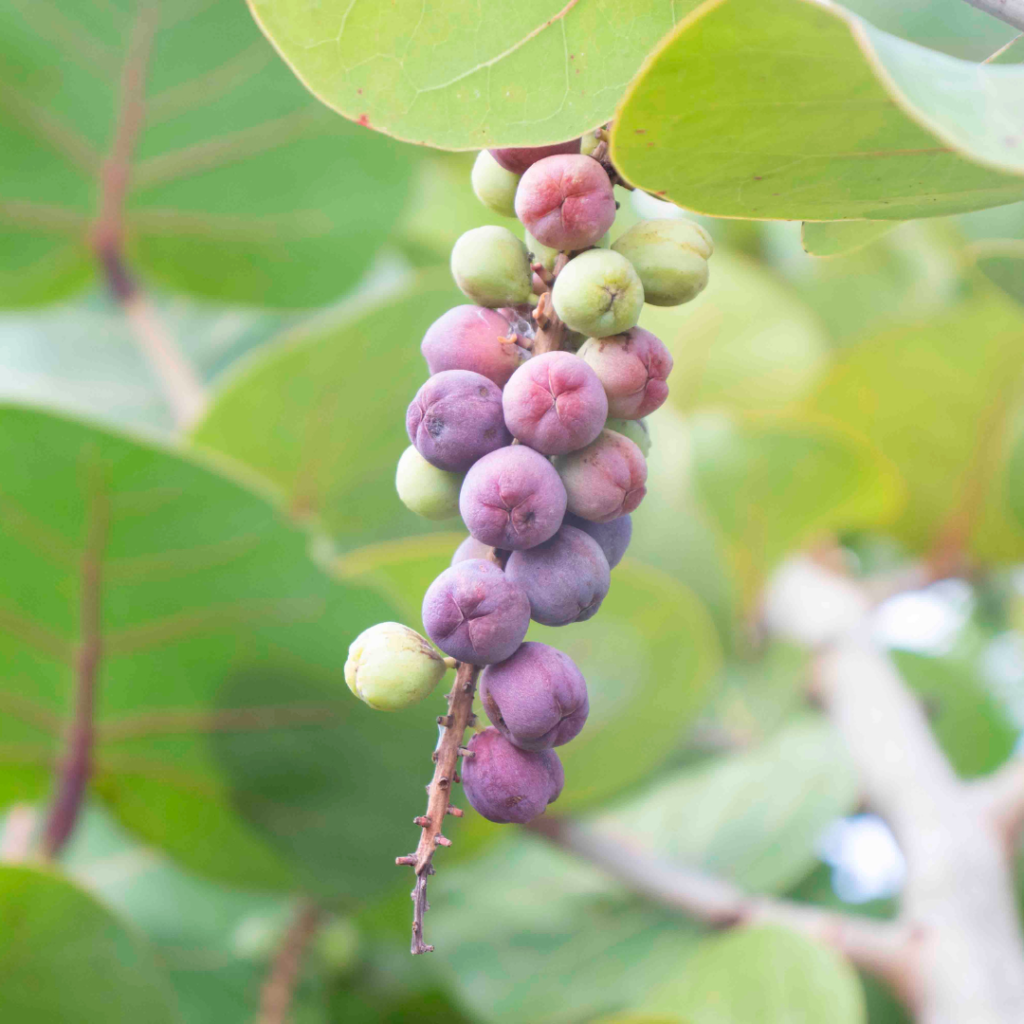
Recipes and culinary uses for Bahamian tropical fruits
The versatility of Bahamian tropical fruits extends beyond eating them fresh. These fruits can be used in various recipes and culinary creations that showcase their unique flavors and add a tropical twist to your meals.
One widespread use for mangoes is in chutneys and salsas—mangoes’ sweet and tangy flavor pairs perfectly with savory ingredients like onions, peppers, and spices. Mango chutney can be enjoyed as a condiment with grilled meats or a topping for sandwiches and burgers. Mango salsa, on the other hand, adds a refreshing and tropical element to dishes like fish tacos or grilled chicken.
Papayas can be used in both sweet and savory dishes. The flesh of ripe papaya can be blended into smoothies, whipped into creamy desserts, or used as a base for tropical fruit salads. In savory dishes, papayas can be used to make a refreshing salsa or added to a spicy curry for a touch of sweetness.
With their intense flavor, Guavas are often used in jams, jellies, and desserts. Guava jam is popular in the Bahamas and can be enjoyed on toast, biscuits, or as a filling for pastries. Guava pastries, or turnovers, are a delicious treat showcasing guavas’ sweet-tart taste.

Where to find and buy Bahamian tropical fruits
When visiting the Bahamas, there are several places where you can find and buy Bahamian tropical fruits. Local markets, such as roadside vendors, Potters Cay vendors, and the Farmer’s Market in Freeport, offer fresh fruits and vegetables, including mangoes, papayas, guavas, and more. These markets are a great place to buy fresh produce and an opportunity to immerse yourself in the vibrant local culture.
Many grocery stores and supermarkets in the Bahamas also stock a range of tropical fruits, making it convenient for visitors to enjoy these delicious treats. Whether staying at a resort or renting a vacation home, chances are you’ll find a store nearby where you can stock up on your favorite fruits.
If you want a more hands-on experience, consider visiting a local farm or participating in a fruit-picking tour with Chiccharney Farm. https://www.chiccharneyfarm.com/. These tours allow you to explore the lush landscapes of the Bahamas, learn about sustainable farming practices, and pick your tropical fruits straight from the trees.
Eco-tourism and sustainable farming practices in Bahamian fruit production
The Bahamas is a tropical paradise and a champion of eco-tourism and sustainable farming practices. Many local farmers and fruit producers in the Bahamas prioritize sustainability and work towards minimizing their environmental impact. Another farm doing a great job of growing locally is http://goodfellowfarms.com/. They offer farm-to-table meals as well as sell many of these beautiful fruits.
Sustainable farming practices like organic farming and permaculture are gaining popularity in the Bahamas. These practices use natural methods to cultivate fruits and vegetables while preserving the soil’s and surrounding ecosystems’ health. By supporting local farmers who employ these sustainable methods, you can enjoy delicious tropical fruits while contributing to conserving the beautiful Bahamian environment. The Bahamian government has implemented many initiatives to encourage sustainable farming on Nassau and many of the family of islands. https://www.bamsibahamas.edu.bs/

Preserving and storing Bahamian tropical fruits
Knowing how to preserve and store them properly is essential to enjoying Bahamian tropical fruits fully. While these fruits are best enjoyed fresh, there are several methods you can use to extend their shelf life and ensure they stay flavorful for longer.
Mangoes, for example, can be stored at room temperature until they are ripe. Once ripe, they can be refrigerated for a few days to slow the ripening process. Papayas should be stored at room temperature until they are fully ripe. Once ripe, they can be refrigerated for up to a week.
On the other hand, Guavas should be stored at room temperature and consumed within a few days of purchase. To preserve guavas for longer, you can make them into jams or jellies, which can be stored in the refrigerator for several weeks.
What is the most popular fruit in the Bahamas?
The most popular fruit in the Bahamas is the coconut. Coconuts are widely grown and consumed throughout the Bahamas and play a significant role in Bahamian cuisine and culture. The coconut palm is a source of fresh coconut water and meat and provides coconut oil, used in cooking and various traditional dishes. Coconut is also a common ingredient in many Bahamian desserts and beverages, adding a tropical and refreshing flavor to the cuisine of the Bahamas.

Conclusion: Embrace the flavors of the Bahamas with tropical fruits
The Bahamas offers a tropical paradise for its stunning beaches, crystal-clear waters, and abundance of delicious tropical fruits. From the vibrant colors of the juicy mangoes to the unique sweet-tart taste of guavas, these fruits are a true delight for all the senses.
Whether exploring the local markets or indulging in a tropical fruit salad by the turquoise waters, the Bahamas offers an unparalleled experience for fruit lovers. So, embrace the flavors of the Bahamas and embark on a compelling journey through the top Bahamian tropical fruits that will leave you wanting more. Savor nature’s bountiful gifts and let the tropical flavors transport you to paradise.
Though just a glimpse of Bahamian treasures, these fruits offer a delightful and healthy alternative to processed sweets. They thrive in the subtropical climate and are a testament to the beauty and abundance of the Caribbean. Whether cultivated or found in the wild, the search for and enjoyment of these fruits remains a cherished tradition among adults and children in the Bahamas.

Bahama Mama Tropical Smoothie
- 5 October 2023
- 2
- 10 min
- 200 Cals/Serving
- Print this

Ingredients
- 1 cup of fresh pineapple chunks
- 1 ripe banana
- 1/2 cup of fresh mango chunks
- 1/2 cup of fresh strawberries
- 1/4 cup of coconut milk
- 1/4 cup of orange juice
- 1/4 cup of pineapple juice
- 1 tablespoon of honey (optional for added sweetness)
- 1/2 cup of ice cubes
- Sliced pineapple, strawberries, and a maraschino cherry for garnish (optional)
Directions
- Step 1
- Start by preparing all your fruits. Peel and chop the pineapple and mango, peel the banana, and hull the strawberries.
- Step 2
- Place the fresh pineapple chunks, ripe banana, mango chunks, and strawberries in a blender.
- Step 3
- Add in the coconut milk, orange juice, and pineapple juice.
- Step 4
- If you prefer a sweeter smoothie, add a tablespoon of honey at this stage. Taste the mixture and adjust the sweetness to your liking.
- Step 5
- Toss in the ice cubes to make the smoothie nice and cold.
- Step 6
- Blend everything until you achieve a smooth and creamy consistency. You may need to stop and scrape down the sides of the blender to ensure everything is well incorporated.
- Step 7
- Once your Bahama Mama Tropical Smoothie is smooth and creamy, pour it into a tall glass.
- Step 8
- If you want to get creative with the presentation, garnish your smoothie with a fresh strawberry slice of pineapple and top it off with a maraschino cherry.
- Step 9
- Grab a straw, stir it, and enjoy your tropical paradise in a glass!



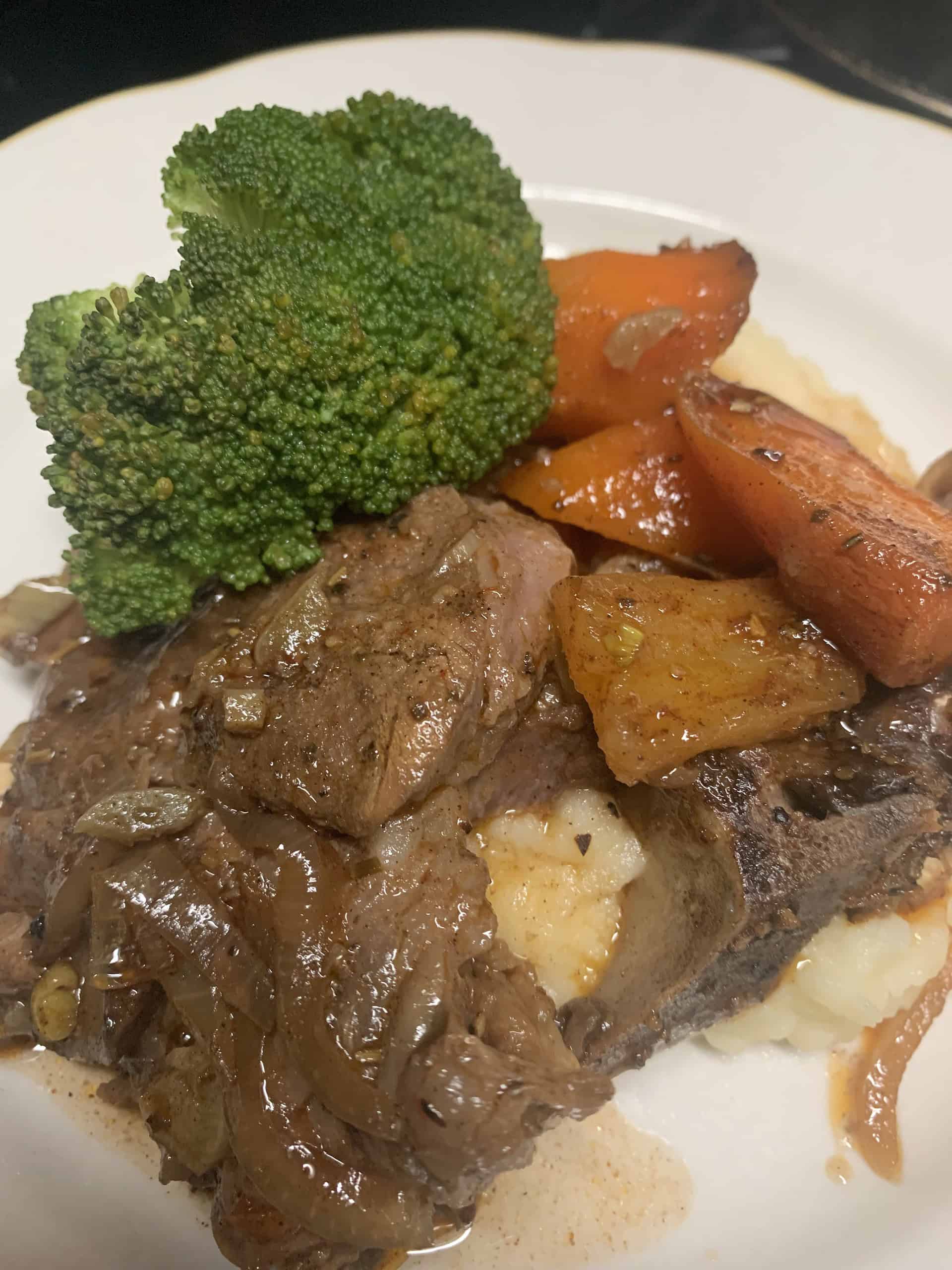
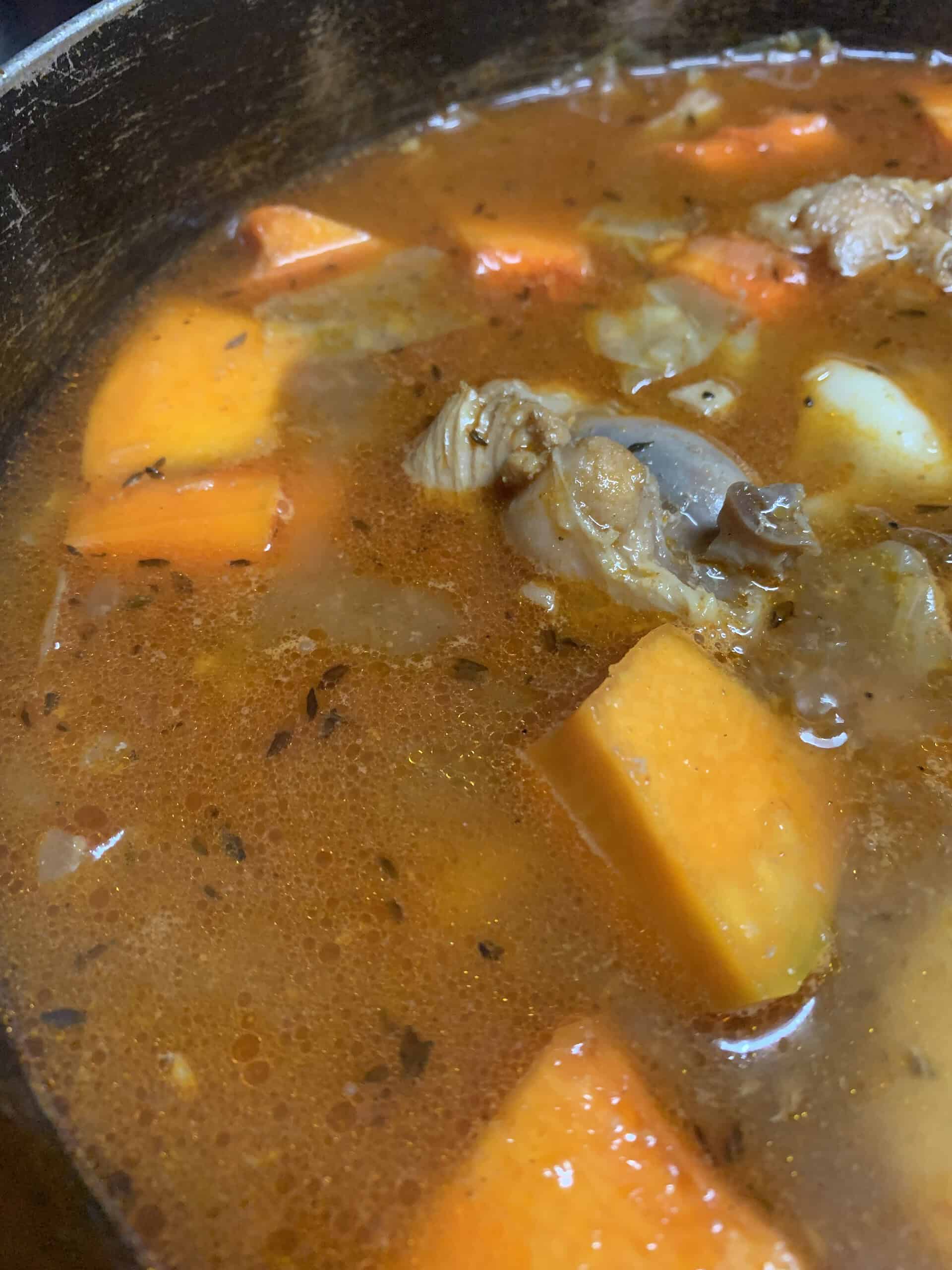
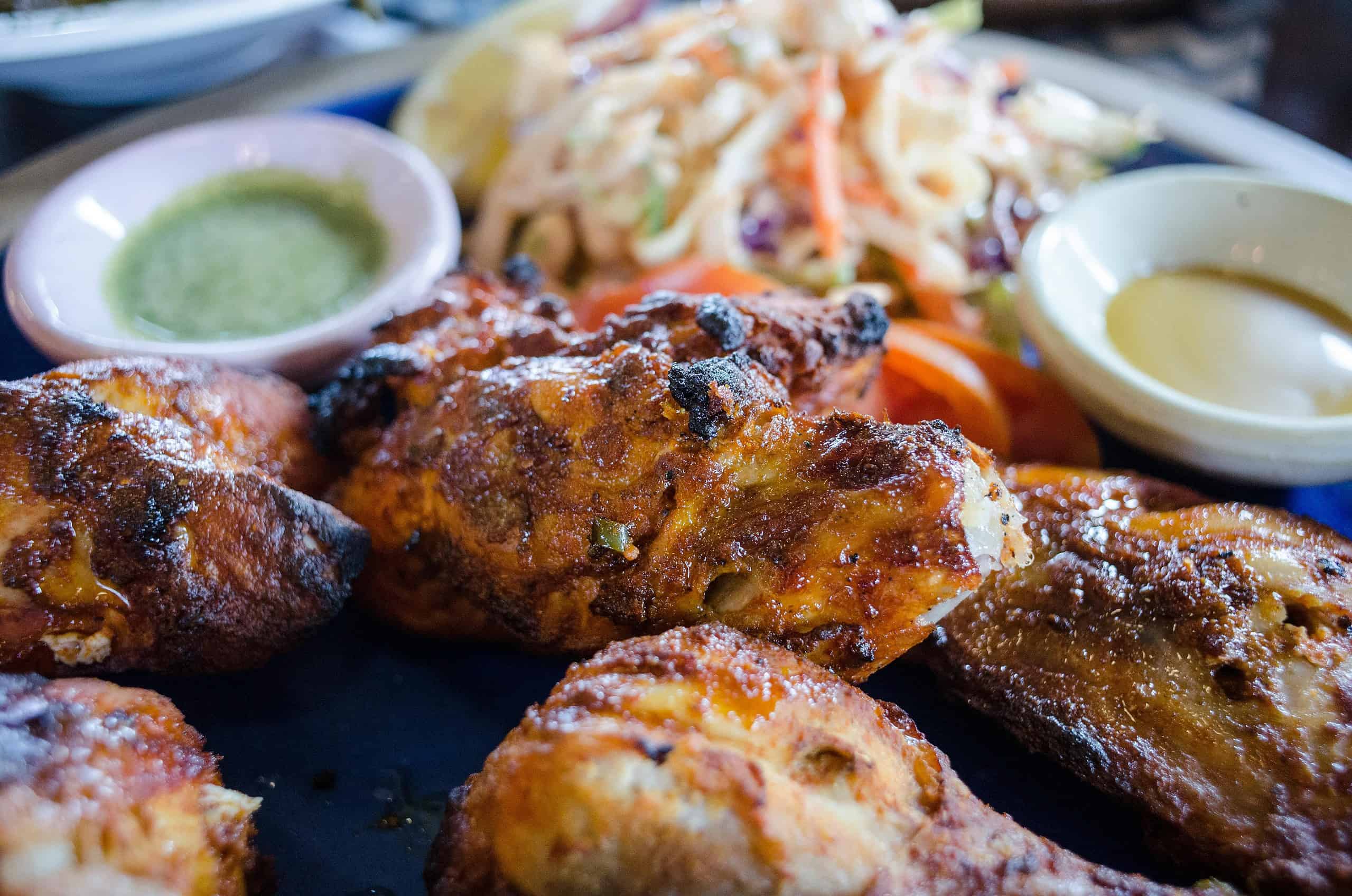
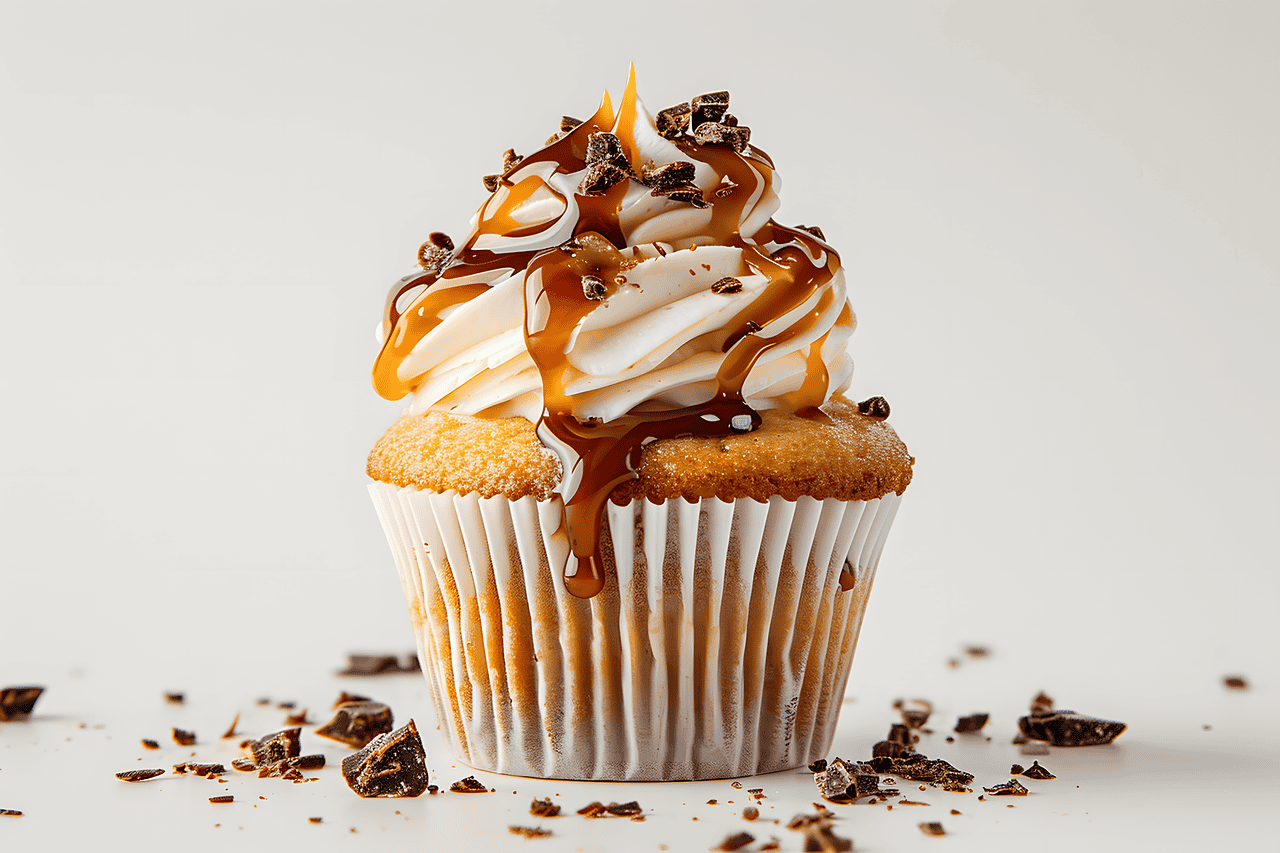


13 comments
Actually, I loves the mangoes very much. They are very tasty.
Good morning, yes love me some mangoes
I love sampling new fruit in places I travel too.
We have a casita in Costa Rica and are trying to grow a fruit forest. Most of the fruit you have mentioned here also grows in Costa Rica.
I love to know the health benefits of all this goodness.
Good morning, yes I’m sure many of them grow Costa Rica. We have the same climate and have great health benefits
This post brought back so many childhood memories. I love all the fruits you present and miss them alot. Even though some of them are called by different names in Jamaica, one cannot deny thier delicious flavors. Juju in Jamaica I believe was called some kind of plum. Interesting smoothie recipe. Thanks for sharing.
Good morning, Kevin. this blog post would definitely remind you of home
What an awesome post on the best Bahamian fruits!! I especially love papaya!
Good morning Pantea, love green papaya
This is an informative read about the health benefits of the Bahamian tropical fruits. I really like the mangos that are sweet. Awesome read! Learned many things.
Thank you Hari
I like mango any way. We eat green mangoes with lime, sugar and hot sauce
it always surprises me all the types of fruits in the world, love trying new ones so many great ideas in this post
Yes so many. And I’m so excited when many other countries enjoy some of the same